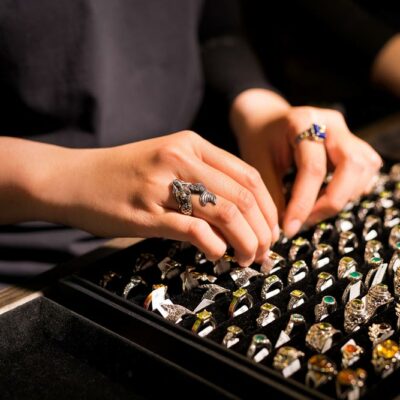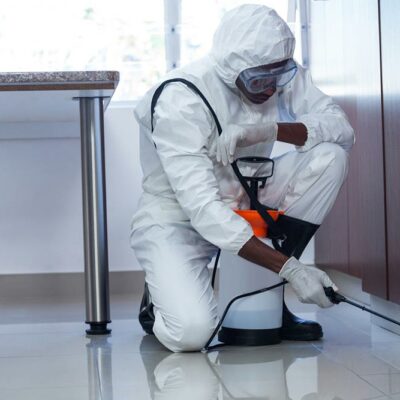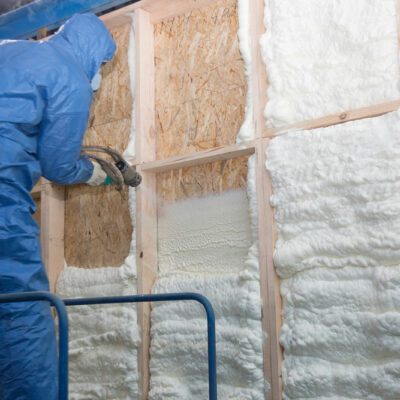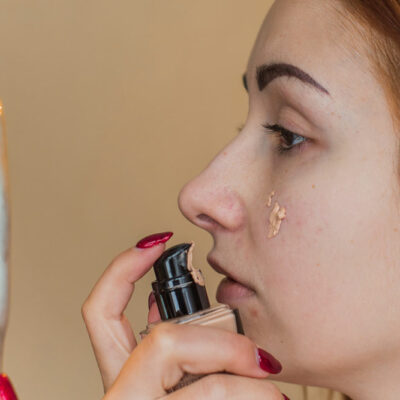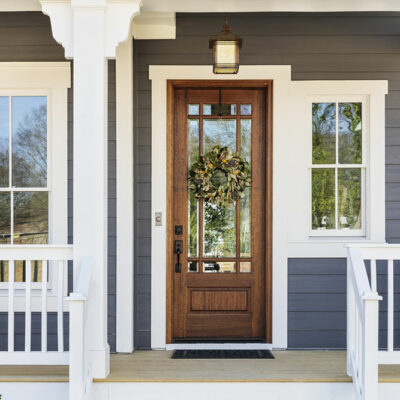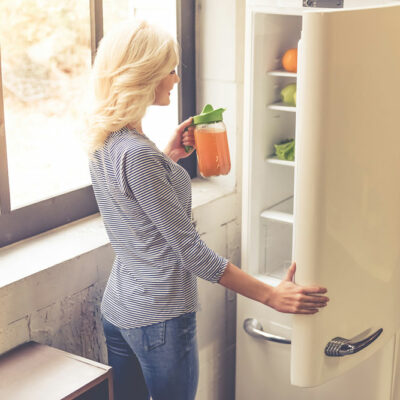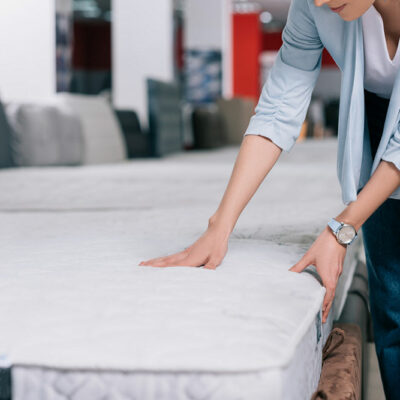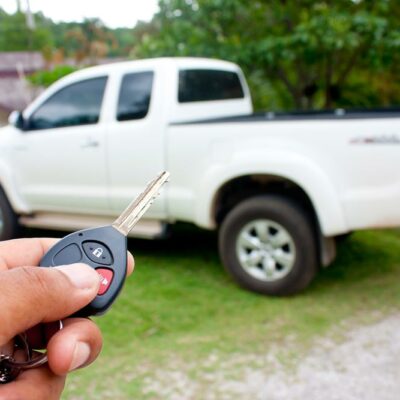
5 things to consider before buying a Ram truck
A vehicle purchase is a big investment that needs adequate research and resources. It is important to know the objective of the purchase and then move forward accordingly with the buy. When it comes to trucks, Ram is a popular choice amongst drivers. However, before making any decision, always look for information regarding the features that make the Ram truck reliable. Here are some things to consider before buying a Ram truck. Use of the truck The truck choice can vary depending on whether one needs the truck for weekend adventures or everyday work. The Ram 2500 and 3500 are great options for a work truck as they have the right features that make them efficient and powerful. For anyone looking to do some customization to their truck, which requires some heavy changes, the Ram Chassis Cab could be the right choice. Moreover, there are the Ram 1500 models, which are known for their towing capacity and can also be used on a daily basis. The towing can be done for a boat or a trailer, depending on the kind of adventure one goes on. There is also the Ram ProMaster, which can be used as a commercial delivery vehicle as it can easily accommodate cargo.
Read Article 